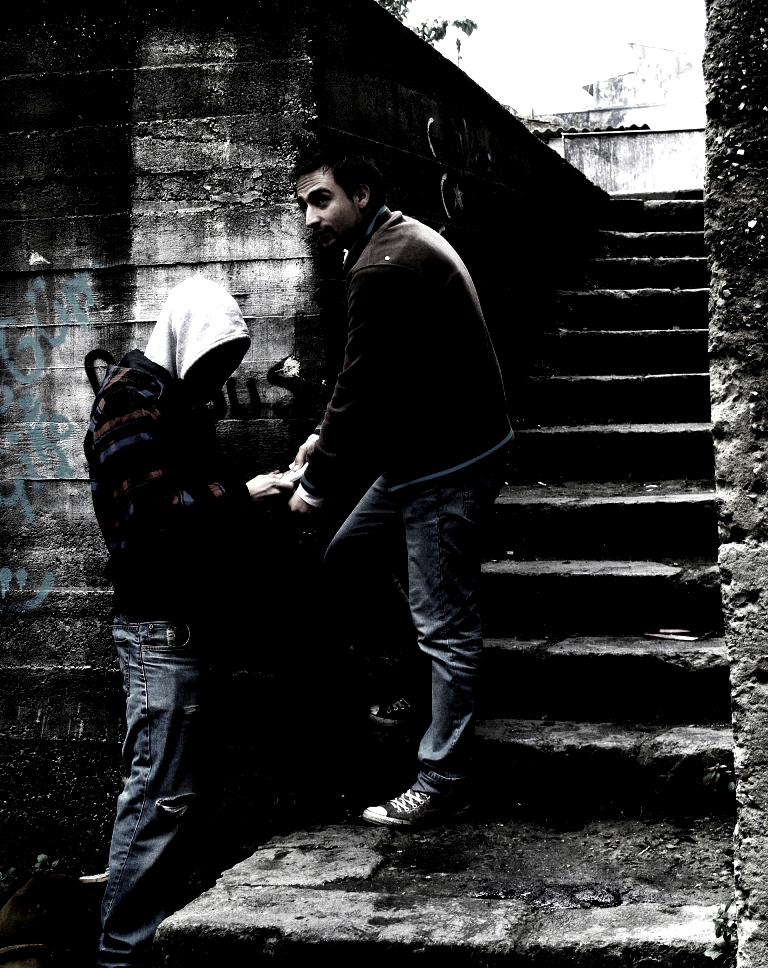The Economics Of Inner City Gangs
April 29, 2013 in Daily Bulletin

What happens when a South Asian math major come sociology PhD student teams up with Steven Levitt? Some pretty interesting insights into gangland economics;
- In the 1980s, being a gang leader meant power, influence and respect but no money. Marijuana just didn’t make enough cash.
- Crack-cocaine changed this; a drug that could be smoked, very addictive, but a short lived high.
- In terms of management structure, gangs are a lot like a MacDonald’s franchise. A local leader can set up, get his own crew, and use the main gang’s name and reputation in their local area.
- A footslogger in a gang might make around $3.50 an hour…many gang members actually work at MacDonald’s part time. A gang leader, however, makes in the order of $100,000
- The death rate for the lowest rank of gang member is 7% per year. For soldier’s in Iraq (2004) the figure was around 0.5%. Gangs understand this, and members get paid more when the violence gets worse
- Gangs could go into their neighbours territory and start shooting into the air. This would terrify locals and destroy their rival’s drug market. But they mainly don’t, as the other gang could do the same thing to them… inner city game theory.
A brilliant 20 minute insight, published in 2004. It’s well worth a listen or read, to find out how gangs parallel the dot com boom and why it’s important for gang leaders (and maybe CEOs?) to pay themselves handsomely even when the lowest ranks can’t get paid. Read more over here
Source: TED
Join the Discussion! (No Signup Required)